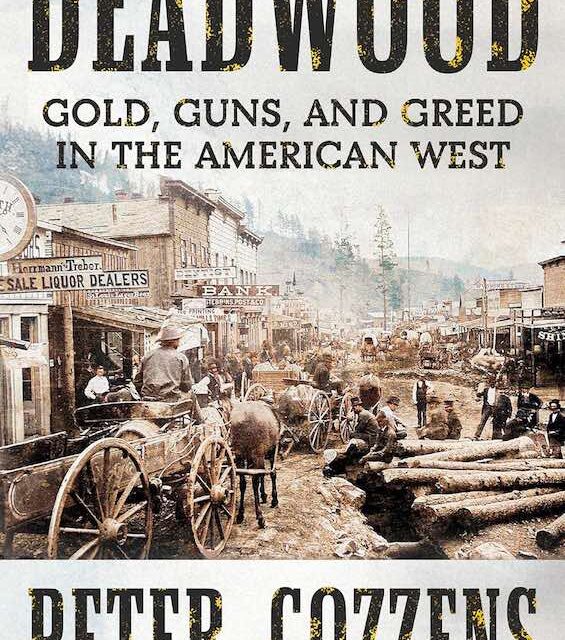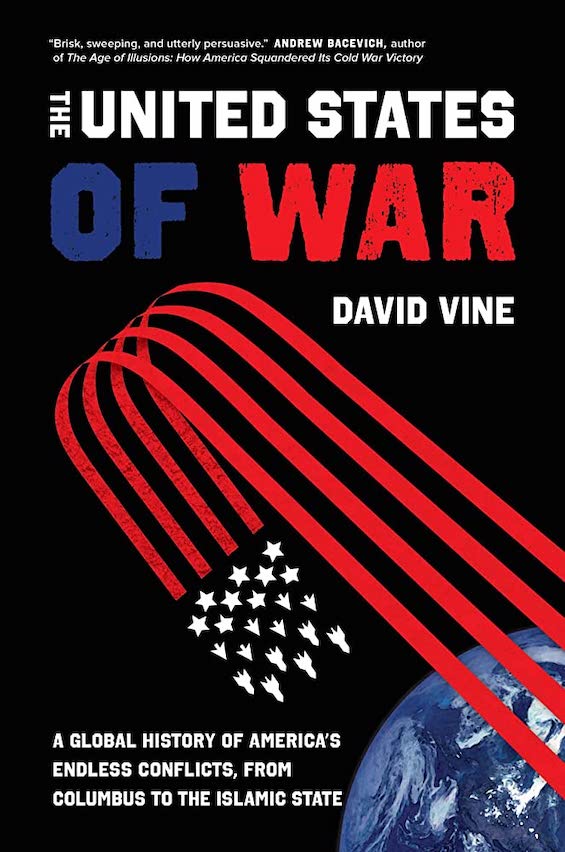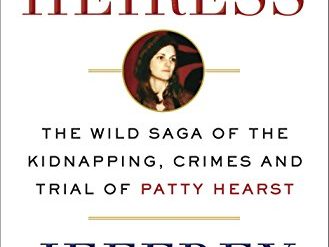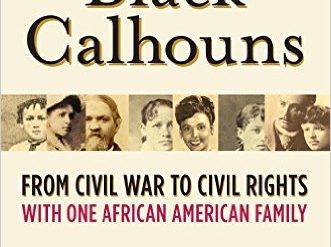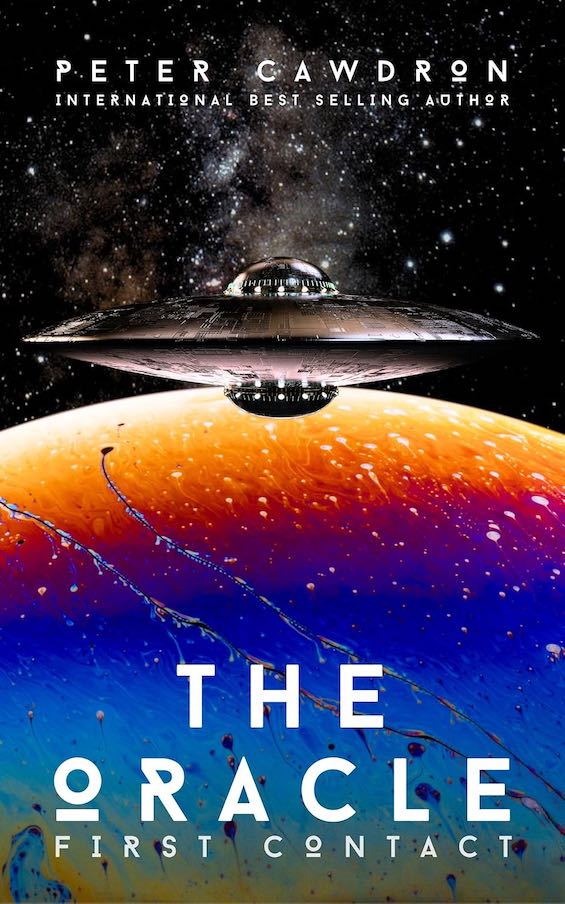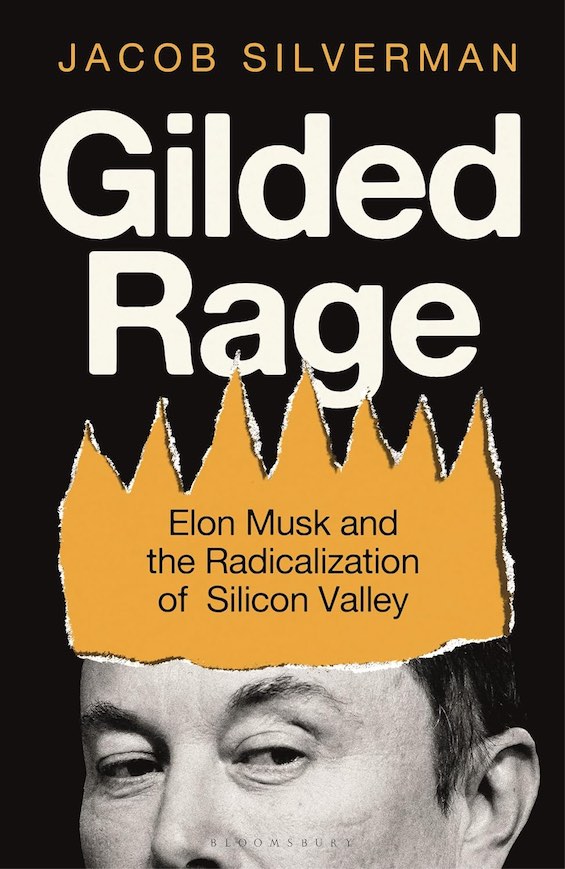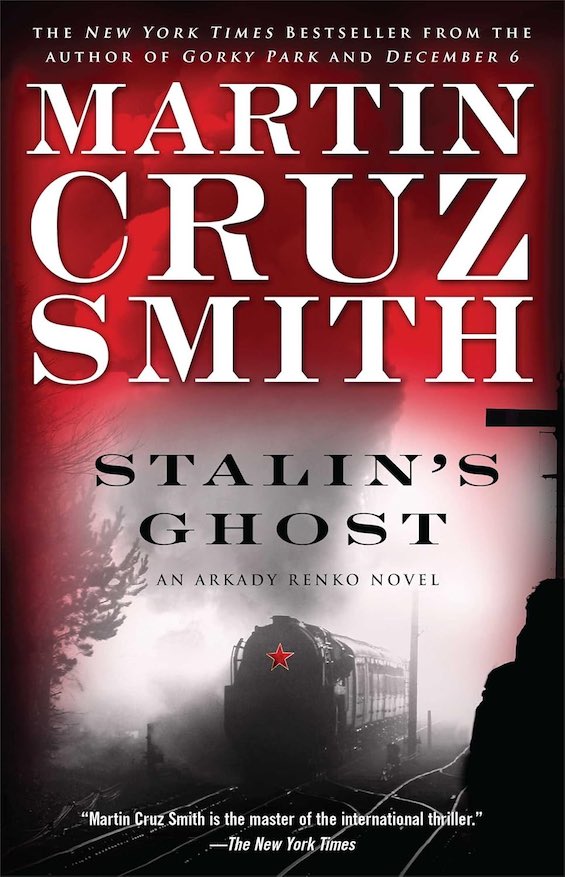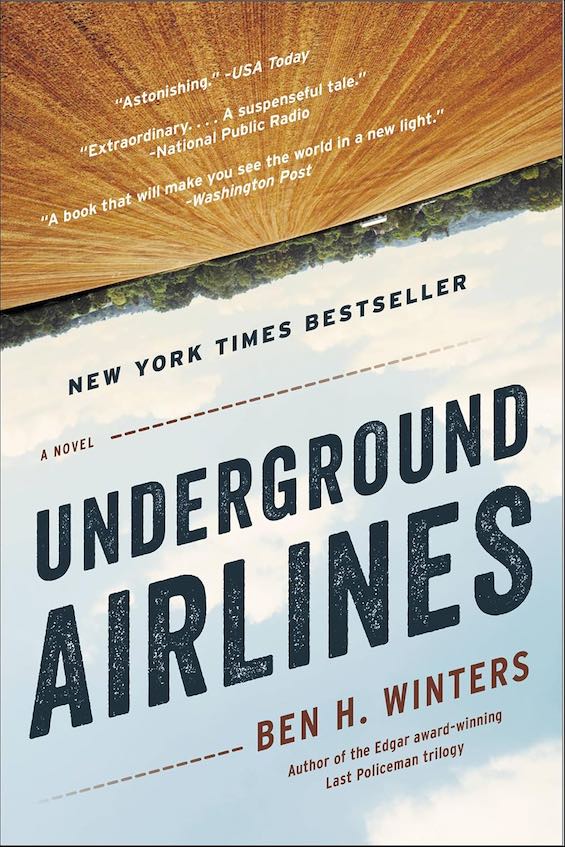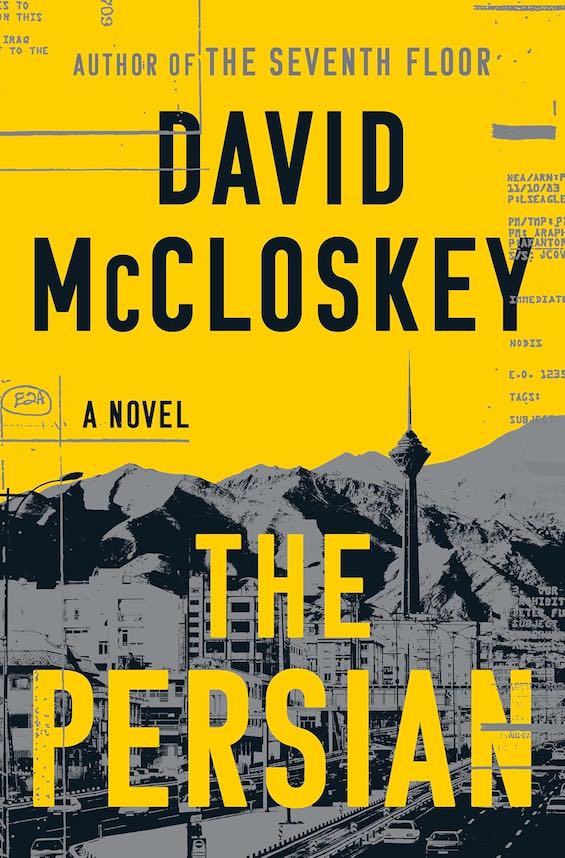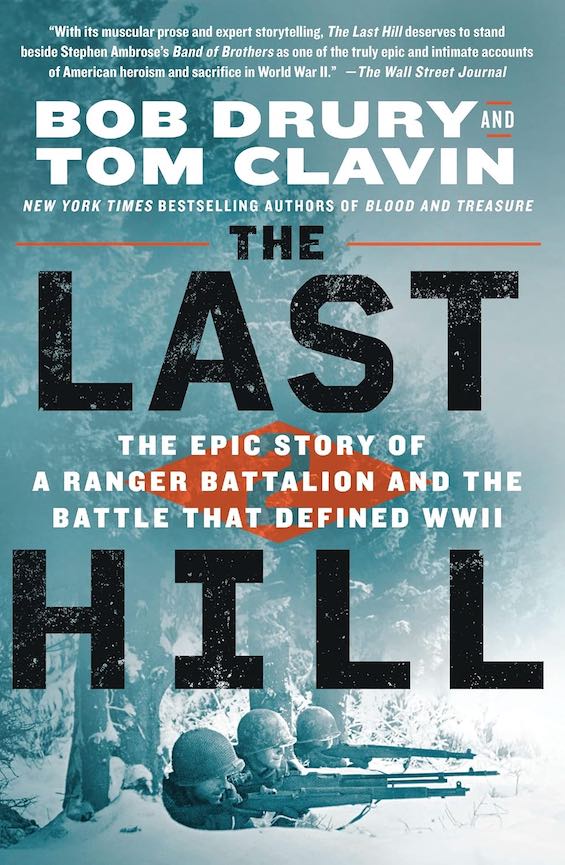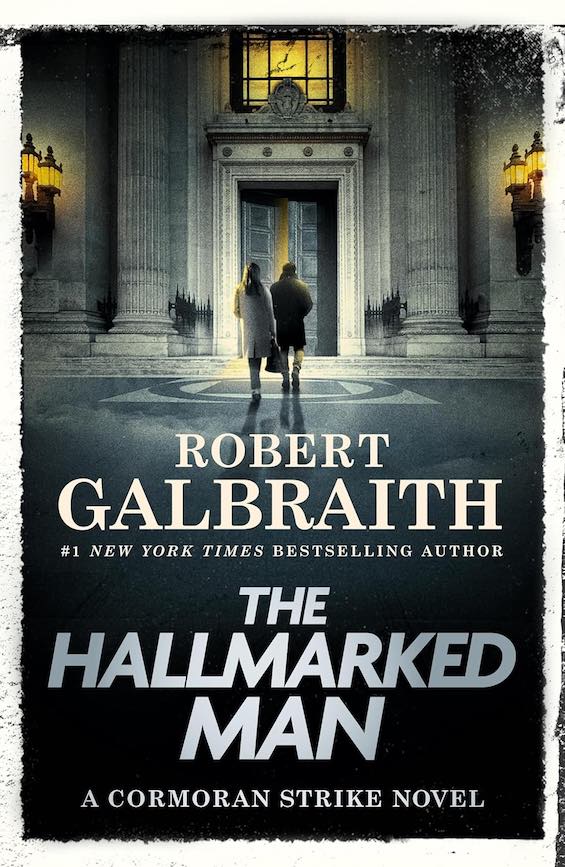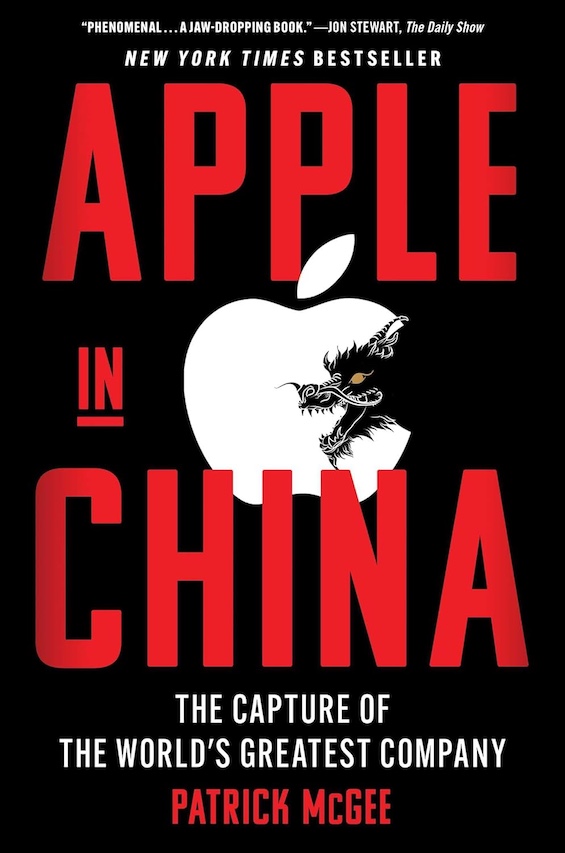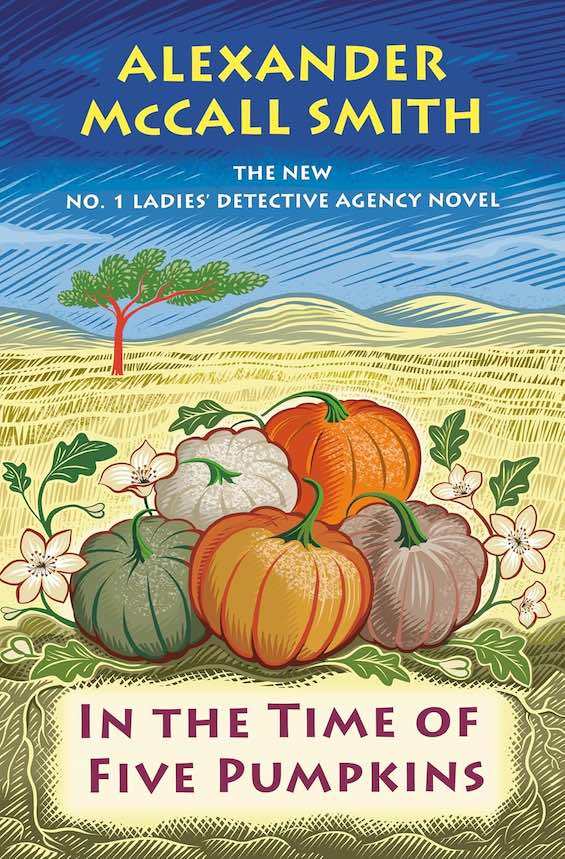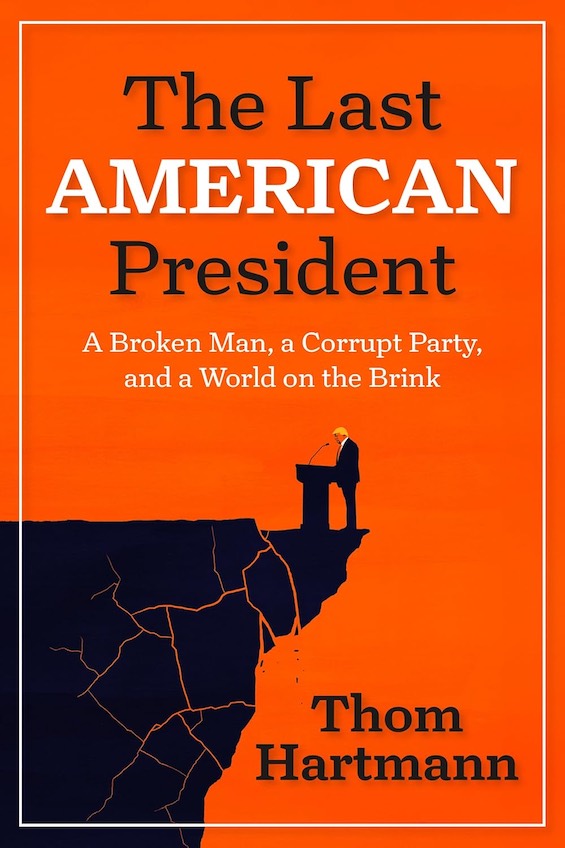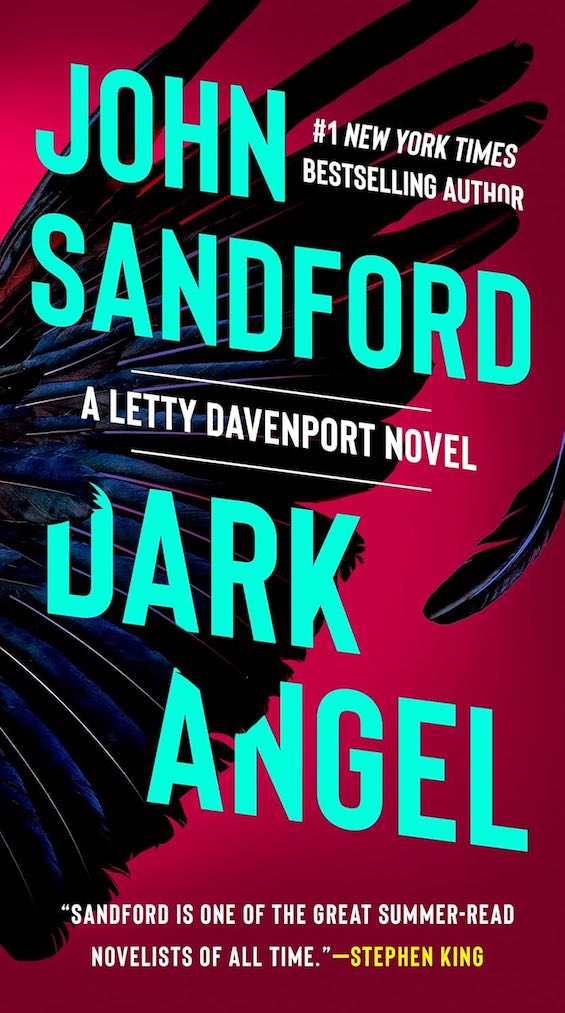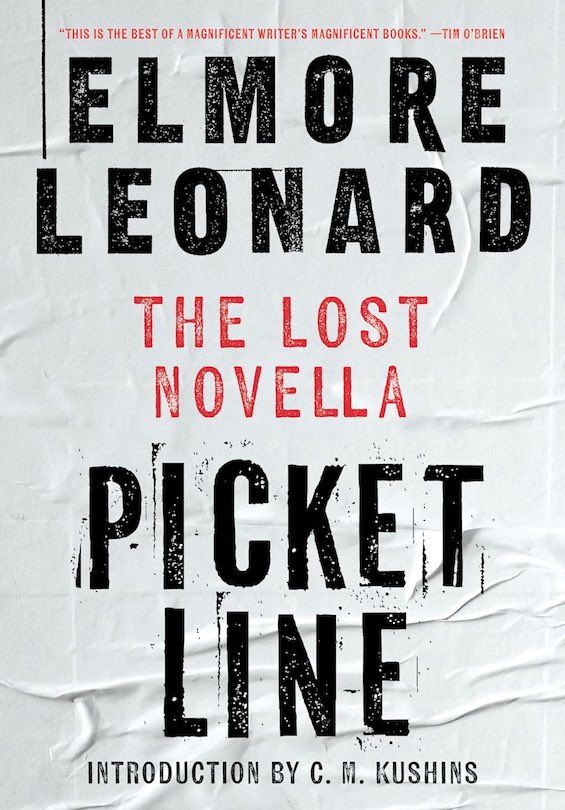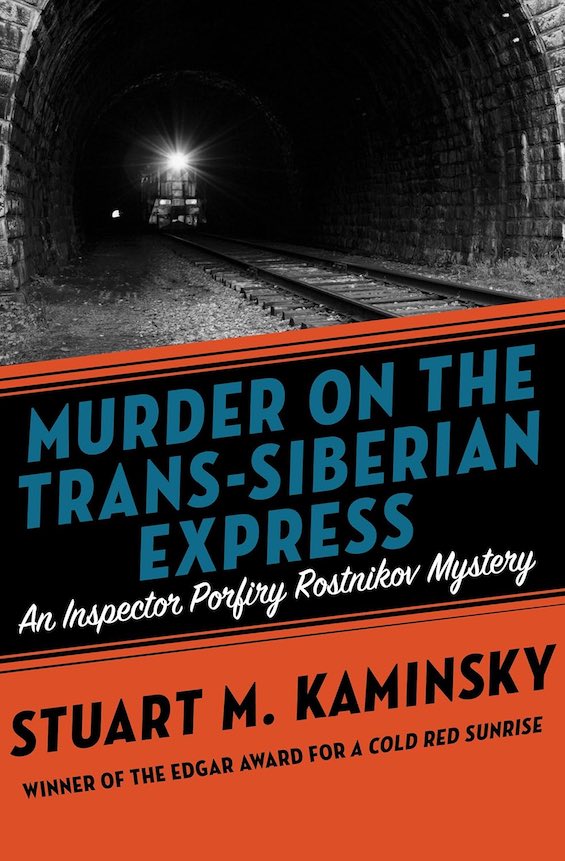
For three seasons early in this century, HBO aired Deadwood, which won more than two dozen Emmy Awards. The series starred Timothy Olyphant as businessman and lawman Seth Bullock and Ian McShane as Al Swearengen, the violent criminal proprietor of a saloon and brothel. Other leading characters included Wild Bill Hickok, Calamity Jane, George Hearst, and Wyatt Earp, names familiar to anyone with even a smattering of the history of the Old West. And it was great TV! (It’s available today on numerous streaming services.) Most viewers, emphatically including me, rank Deadwood on a par with other HBO standouts such as The Sopranos and The Wire. At the time, I assumed it was largely based on historical fact. But I didn’t realize how closely it hewed to the record until I read Peter Cozzens’s remarkable new book about the real Old West, Deadwood: Gold, Guns, and Greed in the American West.
The HBO series got the history mostly right
Of course, David Milch, who created, directed, and wrote most of the series, had no choice but to compress certain events and somewhat simplify the historical record. Nor did he have the opportunity to tell the extraordinary backstories of the people he portrayed on the screen. But in the book, Peter Cozzens fills that bill. Following are some of the most significant historical facts missing or glossed over in the series. More importantly, he devotes considerable attention to the several Lakota leaders who also played pivotal roles in Deadwood’s history: Black Elk, Sitting Bull, Crazy Horse, and Red Cloud.
Deadwood: Gold, Guns, and Greed in the American West by Peter Cozzens (2025) 613 pages ★★★★★
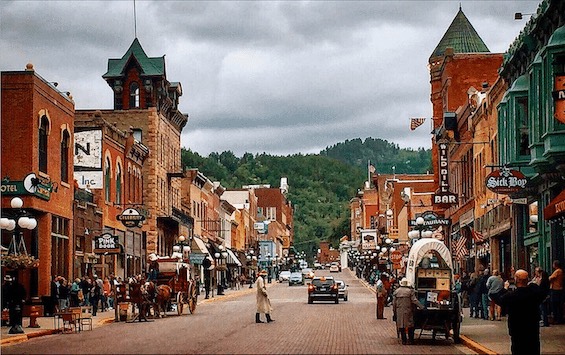
What comes to light in this book
The myth of the town
When word reached Eastern newspapers in 1873 that gold had been discovered in the Black Hills of South Dakota, hopeful miners established several rough camps in the hills. One, founded that year, was Deadwood. Unlike some of the others, though, Deadwood grew explosively when rich veins of gold turned up nearby. Newcomers flooded into the town. First, the miners. Then the prostitutes, confidence men, card sharps, and unscrupulous businessmen who fed off them. Taken as a whole, they were a motley lot. Former Union soldiers and Confederates alike. Democrats and Republicans. Black and White and Chinese. And the town gained a well-deserved reputation for tolerance. The violence that often erupted there was almost always about money or competing mining claims, not ethnic or political differences. Which was rare during the years of Reconstruction.
Wild Bill
Wild Bill Hickok (1837-76) was not the noble force for law and order that mythology has sometimes featured. He was, in fact, a ruthless and impulsive killer, who had gained a reputation for having murdered more than 100 men by the time he arrived in Deadwood and met his death. But his murder there by a drunk and dissolute killer much like himself became the stuff of legend, exploded onto the national consciousness by the authors of the era’s ubiquitous dime novels. In fact, much of the lore about Deadwood that has entered the literature about the town was the product of the dime novelists’s imagination. And they made a lot of stuff up.
Calamity Jane
Calamity Jane (1852-1903) was born Martha Canary to a prosperous family in rural Missouri. She arrived in Deadwood in 1876, three years after its founding, at the age of 24. She was a drunkard, so Milch got that right. But she was best known in the town as an indiscriminate prostitute who would sleep with any man who paid her enough to keep her in liquor. Milch portrays her as bisexual, although there doesn’t appear to be any evidence that was the case. However, she was fond of wearing men’s clothing. Like Wild Bill Hickok and the town of Deadwood itself, her legend was largely the creation of the dime novelists. But her own fanciful, publicity-seeking autobiography played a part, too.
Seth Bullock
Seth Bullock (1849-1919), like his hardware store partner Solomon (Sol) Star (1840-1917), was, above all, a Republican politician. He and Sol moved to Deadwood in 1876 to advance their careers in politics. In the HBO series, he appears to be reluctant to take on local office. But in fact, both he and Sol campaigned actively for prominent positions in town. And, although the majority of the men in Deadwood were Democrats, they won elections again and again to a succession of public offices. The citizens regarded both as honest and effective. And Bullock was so well connected that, on more than one occasion, he called in favors from the President of the United States, Rutherford B. Hayes.
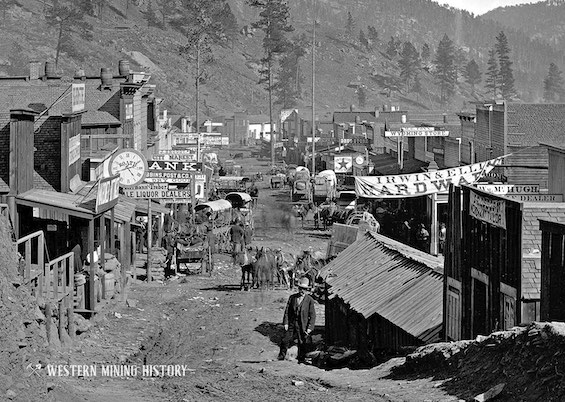
A brief review by Claude-AI
I asked the chatbot Claude-AI, version Sonnet 4, to write a 300-word review of this book. What follows is the result, verbatim, except for the two subheads I’ve added. It’s an excellent review, far more comprehensive than what I’ve written.
A masterful corrective to the mythology
Peter Cozzens delivers a masterful corrective to the mythology surrounding one of America’s most legendary frontier towns in Deadwood: Gold, Guns, and Greed in the American West. Rather than simply rehashing familiar tales of Wild Bill Hickok and Calamity Jane, Cozzens presents a nuanced historical portrait that spans seven decades, from the pre-gold rush era through the early 20th century.
What sets this work apart from typical Western histories is Cozzens’ commitment to showing Deadwood’s ordinariness alongside its transgressions. Busting myths can enhance our enjoyment of them, and Cozzens achieves exactly this paradox. The author’s meticulous research brings to life not just the famous gunfighters and gamblers, but the everyday miners, merchants, and families who built a functioning community in the Black Hills.
Deadwood was founded on stolen Indigenous land
Cozzens doesn’t shy away from the darker aspects of Deadwood’s story, particularly the theft of Indigenous Lakota land that made the gold rush possible. His portrayal of figures like Crazy Horse provides necessary context often missing from romanticized Western narratives. The book effectively demonstrates how this remote South Dakota town became a microcosm of American ambition, greed, and expansion.
The writing is vivid and accessible, allowing readers to experience the gritty reality behind the legend. Fans of the HBO series Deadwood will find their appreciation deepened, as many fictional characters were based on real people Cozzens expertly profiles, including Seth Bullock and Al Swearengen.
Deadwood succeeds brilliantly as both rigorous history and engaging storytelling. Cozzens reminds us that America’s frontier past was simultaneously more complex and more recognizably human than popular culture suggests, making this essential reading for anyone seeking to understand the forces that shaped the American West.
About the author
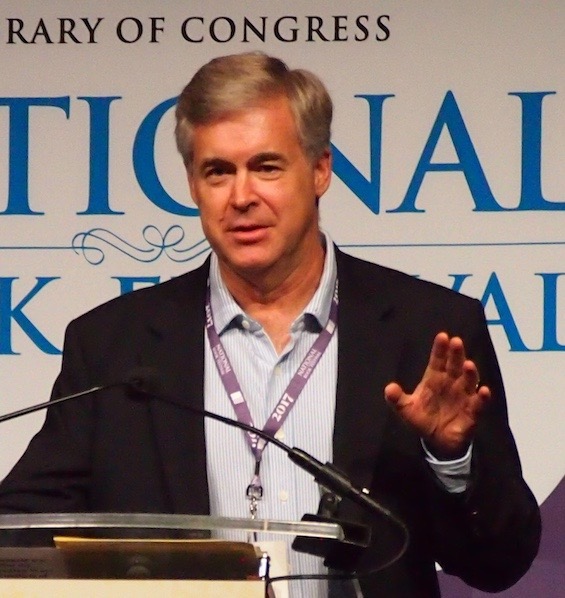
Peter Cozzens is an historian and retired US Foreign Service Officer. He has written more than 17 books on the Civil War and the Indian Wars. Cozzens was born in 1957 and graduated from Knox College in Illinois, near the small town where he grew up. He has received major awards for both his career in foreign service and for his military history. He lives with his wife in Kensington, Maryland.
For related reading
This is one of the Top 20 popular books for understanding American history.
For background on the theft of Lakota land on which the town of Deadwood is located, see my review of An Indigenous Peoples’ History of the United States by Roxanne Dunbar-Ortiz (Revisionist US history from an indigenous perspective).
You’ll find other illuminating books reviewed at:
- 25 top nonfiction books about history
- Top 10 nonfiction books about politics
- Good books about racism
And you can always find the most popular of my 2,300 reviews, and the most recent ones, on the Home Page.

